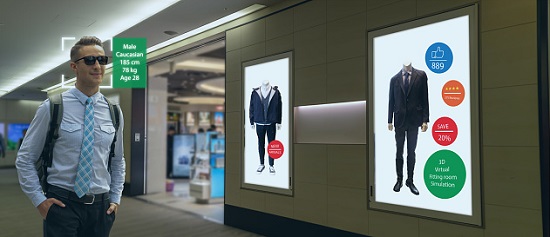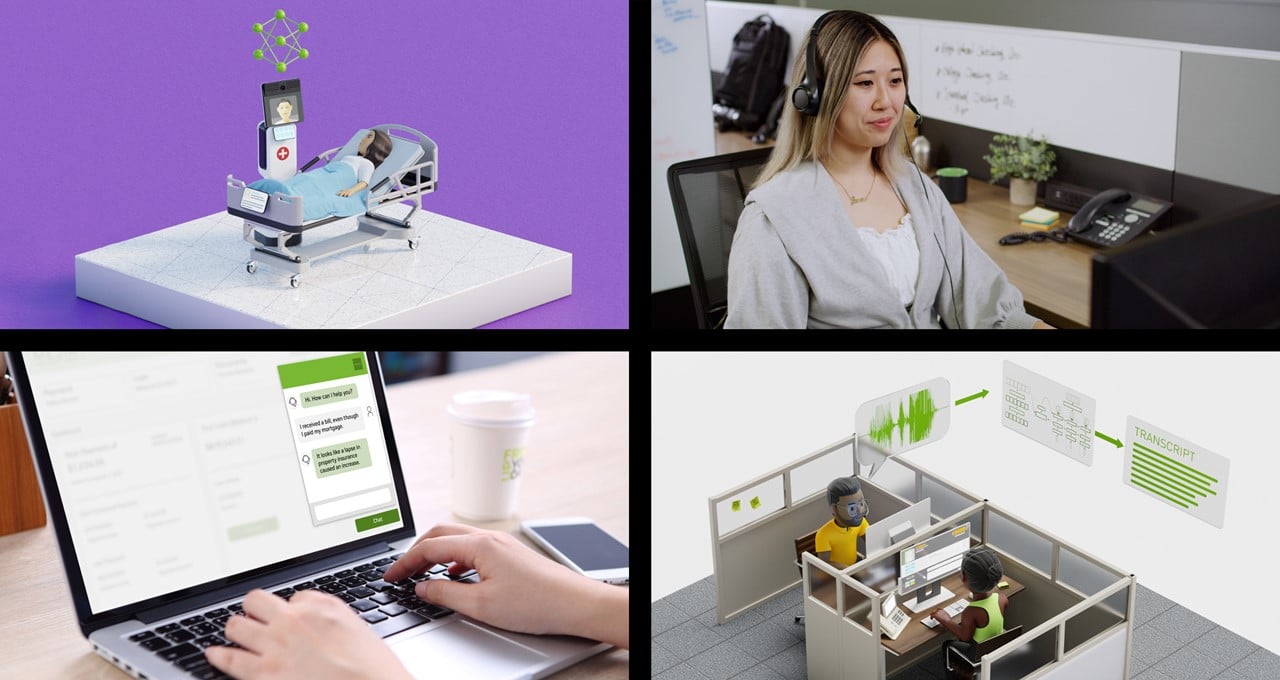Retailers Adopting AI and Cloud Computing More Aggressively
By AI Trends Staff The increasing adoption of AI in retailing is helping the industry align its offerings with the expectations of customers for more personalized products and services in the digital era. “The disruptive impact of artificial intelligence in retail is seen across the value chain and is emerging as a powerful tool for […]


By AI Trends Staff
The increasing adoption of AI in retailing is helping the industry align its offerings with the expectations of customers for more personalized products and services in the digital era.

“The disruptive impact of artificial intelligence in retail is seen across the value chain and is emerging as a powerful tool for retail brands to gain a strategic advantage over their competition,” stated Chithrai Mani, the Chief Technology and Innovation Officer (CTIO) for InfoVision, writing recently in Forbes. InfoVision works with companies on digital transformation.
Mani has experienced retailers who incorporate AI in order to:
Enhance the in-store experience: AI can be used to help automate in-store operations and reduce operational expenses in stores. It can be used to reduce lines in the store through cashier-less payment, replenish stock with real-time stock monitoring and digitize store displays. Recently-launched Amazon Go and Just Walk Out shopping technology from Amazon responds every time a customer picks up a product from the store shelf. The EDGE Shelf (Enhanced Display for Grocer Environment) from Kroger replaces price tags with digital readouts.
Enhance personalization and customer insights: Biometric and face recognition technologies can identify customers revisiting a store so the system can remember their likes and dislikes. “Accordingly, they can recommend products and design promotions for them,” Mani states. Advanced AI algorithms can determine a consumer’s preferences from demographic data, social media impressions and digital footprints. A recent study from Boston Consulting Group found that retailers who successfully execute on this strategy were able to increase revenue from 6% to 10%, two or three times faster than companies not employing such strategies.
Intelligent product searches. Customers can take a picture of a product they like in the real world then use the picture to search for a retailer selling it on the web. Machine learning retail software can classify millions of items from various sellers and categorize them within seconds. The Lovethesales website uses the model to help customers find the best deal from retailers.
“AI can transform every aspect of retail businesses,” Mani stated, while advising, “Business leaders need to be pragmatic in their approach while implementing AI. The best way forward is to start with small projects.”
Retailers Moving to Cloud Computing in a Big Way
Cloud computing is helping retailers do more with their data, “As the power has shifted from retailers to customers, the retail industry has to undergo a digital transformation,” stated Hind Naser, director of business development at Vexxhost of Montreal, a company that helps implement cloud computing for its customers, in a blog post.
A study by Accenture in 2019 found that 76% of retail industry executives viewed mobile, social media, analytics and cloud capabilities as core components of their enterprise IT strategies.
“Cloud computing is the path for retail moving forward,” Naser stated. Benefits she cited include data-driven decisions, cost efficiency, unified computing and easier inventory management. As a unified experience, for example, a customer can Buy-Online-Pick-Up-In-Store (Bopus).
The retail cloud market is expected to grow at an annual rate of over 16% through 2026, according to research from Mordor Intelligence. “The rise of e-commerce has set the standards. Although shoppers complete most transactions in brick-and-mortar stores, customers have grown to expect the same personalized, relevant, convenient, and easy-to-use experiences they encounter online when they shop in-store,” the company reported.
Regionally, North America leads the demand for retail cloud solutions. “The region has one of the most experimental retail scenarios when compared to many other regions,” the Morder report stated. The experience of Bernhardt Furniture Company of Lenoir, N.C. is instructive. The company used IBM’s retail cloud products to create a mobile sales app and analytics platform that boosted company’s sales by a reported 20% in ten weeks. Bernhardt also reported that its executives use the technology to engage 205 more customers during sales events.

At Wal-Mart, tech modernization is underway in full force. Global Chief Technology Officer Suresh Kumar stated in a recent interview in diginomica that the company has recently hired senior leaders across the industry for its tech team. “This has created a deep domain expertise as we start building out more modern applications.”
Walmart Investing Heavily in Tech
Walmart has also been “aggressively” upgrading its infrastructure, upgrading more than 50,000 servers, allowing the store to take advantage of the latest hardware and software. The company has also upgraded more than 2.000 stores to a 1 gigabit per second fiber connection. “This allows us to run machine learning and data workloads, like computer vision and augmented reality, which demand a lot of bandwidth, right inside our stores,” Kumar stated.
Walmart is also doubling down on the move to cloud platforms, making a major commitment to Microsoft. Kumar stated, “We ran 100% of our US e-commerce and Sam’s Club customer journeys on the cloud this past holiday. We also ended up building a data lake in the cloud and migrated more than 1.7 petabytes of data into it, and this is allowing us to run very advanced analytics in a very efficient manner. Lastly, we rolled out our cloud checkout system to nearly 23,000 point-of-sale devices. So this migration to the cloud really has been at the center of our modernization efforts this past year.”
Walmart is also expanding its use of machine learning. For example, the company built a machine learning model to optimize the timing and the pricing of markdowns. “This one effort alone saved us $30 million in markdown costs,” Kumar stated. “ We are building algorithms to better forecast demand and to optimize both the location and quantity of inventory, so that we reduce the need even to have markdowns in the first place,” he stated.
The company also applied ML in facilities maintenance, building an automated system to review thousands of proposals and invoices every day, with accuracy across multiple dimensions such as historical labor costs, costs of parts and travel time. The system recommends which to approve or reject. Associated in real estate use the recommendations to increase proposal and invoice accuracy. “This has resulted in savings of at least $40 million last year,” Kumar stated.
On the pharmacy side, Walmart has been building out its data lake, so it can run ML models on top of it. “We took out millions of dollars of costs by improving our supplier agreements and by improving our merchandising choices,” he stated, adding “The power and the potential of ML is applicable in every single thing that we do and that is something that I’m really excited about.”
Read the source articles and information in Forbes, from Mordor Intelligence, in a blog post from Vexxhost of Montreal, and in diginomica.





































